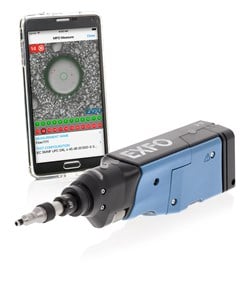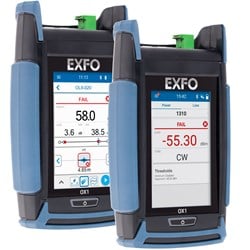How to troubleshoot POL fiber optic links
In a passive optical local area network (POL) where each end-user or desktop has its own optical network terminal (ONT) connected by a fiber optic cable, any downtime can represent a loss of productivity, even a loss of revenue. Whether you are an IT manager, a network maintenance technician or a fiber contractor, when users can’t access the network, your mission is to get them back on track as fast as possible. If the problem affects only a single user or just a few users in the same zone, chances are that the problem is related to the fiber optic link. By using the proper troubleshooting tools and following best practices, you can quickly resolve the issue to minimize mean time to repair (MTTR).
The first step, as per best practices, would be to check the optical ports of the ONT that is down and the optical connectors of the fiber jumper between the ONT and the wallplate or any other connecting interface. By using an automated fiber inspection probe to look at the connector endfaces, you will be able to get a clear pass/fail confirming whether the connection is faulty or not. If it fails, you can use fiber optic cleaning tools to remove any particles on the connector until it is clean enough to pass the inspection test. It is a well-known fact that many network issues and instability are caused by bad connectors.

When all ports have been inspected and cleaned, you’ll want to verify the fiber link integrity to ensure it is not broken, bent or damaged. To do so, the best and easiest solution is to use an optical fiber multimeter (OFM) to verify the optical power levels of the downstream signal from the OLT as well as the quality of the fiber optic cable all the way to the first optical splitter—zoned or centralized. At the ONT, connect the OFM with the jumper cable that goes into the ONT and check the incoming optical power levels. If you get low or no light, use the OFM’s troubleshooting mode to check inside the fiber link. If the link is damaged, the unit will display the exact distance to the fault location so you know where to look to fix the issue. With best practices and efficient tools such as an OFM, technicians will be well equipped to find and fix network issues quickly, keeping network downtime to a minimum for a maximum return on investment.

For more information, please visit the Optical Explorer page




